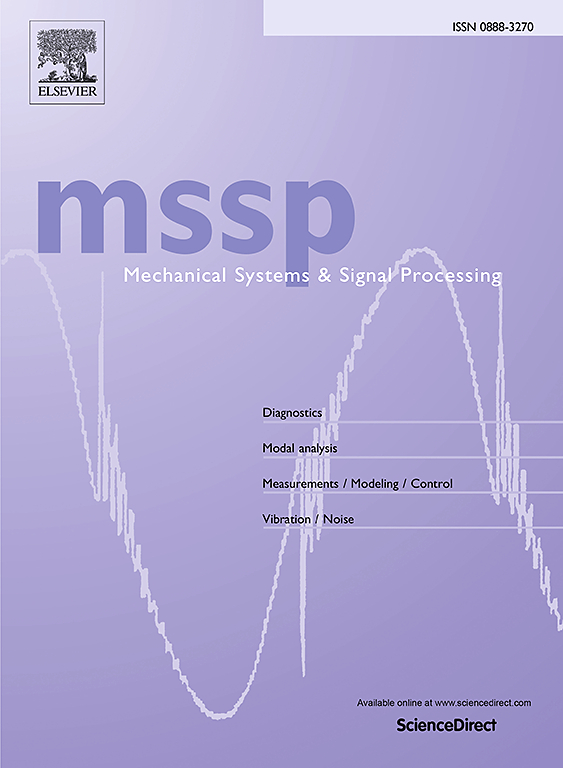Collaborative multi-objective design strategy of number and placement for structural vibration suppression components with correlated and bounded uncertainties
IF 7.9
1区 工程技术
Q1 ENGINEERING, MECHANICAL
引用次数: 0
Abstract
The optimization of structural vibration suppression components is of great significance to the active control of vibration and sound. For the active vibration control system with correlated and bounded uncertainty, this paper proposes a collaborative design strategy for the number and placement of structural vibration suppression components. The uncertainty is quantified as an interval parameter. The interval analysis of the active vibration control system is realized by the convex sets-based method. Analyzing the controllability and observability of the system, the Gramian criteria for the placement of structural vibration suppression components can be obtained. By propagating uncertainty based on convex sets, the bounds of eigenvalues for the Gramian criteria can be obtained. To optimize the number and placement of structural vibration suppression components, a collaborative design strategy is developed. This strategy first optimizes the number by comparing the Pareto Front with different component counts. On this basis, the multi-objective robust optimization for placement of component method is implemented by considering the interval and radius of the performance index. The feasibility of the collaborative multi-objective design strategy is demonstrated by two examples.
求助全文
约1分钟内获得全文
求助全文
来源期刊

Mechanical Systems and Signal Processing
工程技术-工程:机械
CiteScore
14.80
自引率
13.10%
发文量
1183
审稿时长
5.4 months
期刊介绍:
Journal Name: Mechanical Systems and Signal Processing (MSSP)
Interdisciplinary Focus:
Mechanical, Aerospace, and Civil Engineering
Purpose:Reporting scientific advancements of the highest quality
Arising from new techniques in sensing, instrumentation, signal processing, modelling, and control of dynamic systems
 求助内容:
求助内容: 应助结果提醒方式:
应助结果提醒方式:


